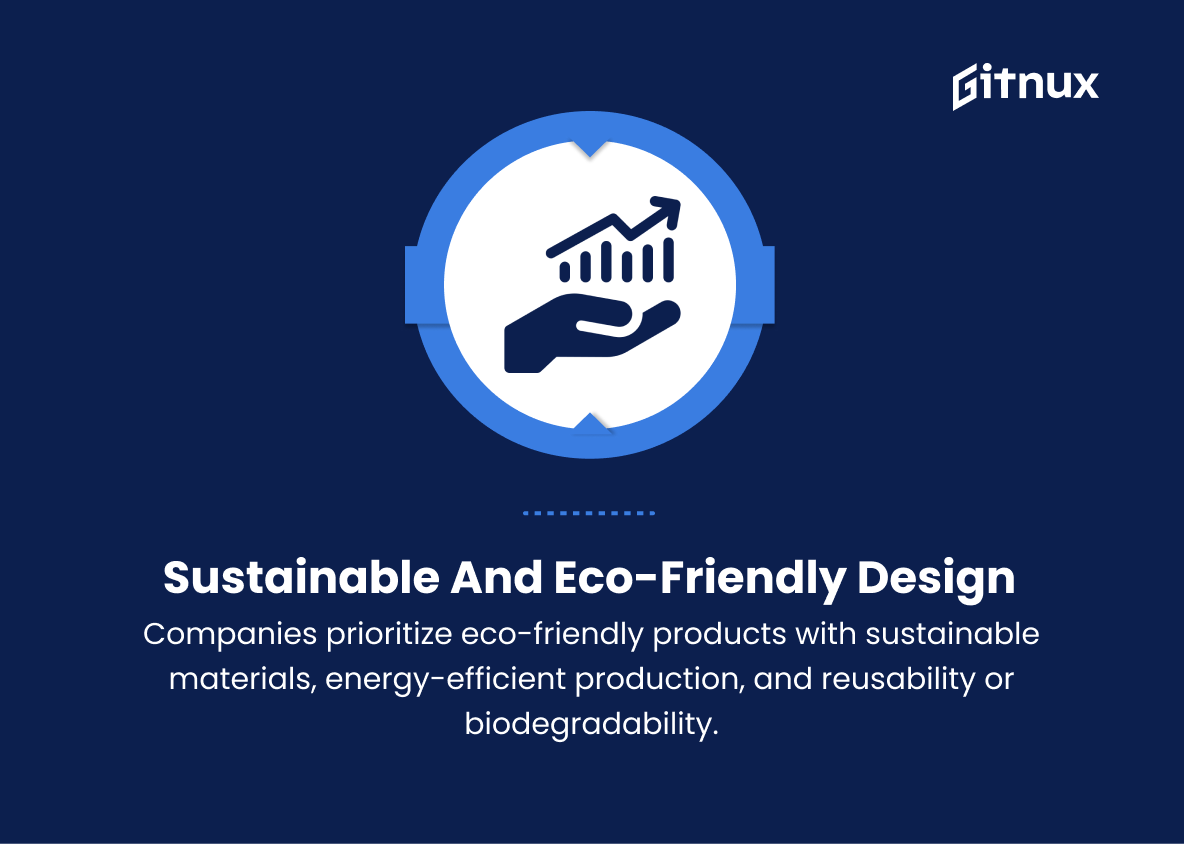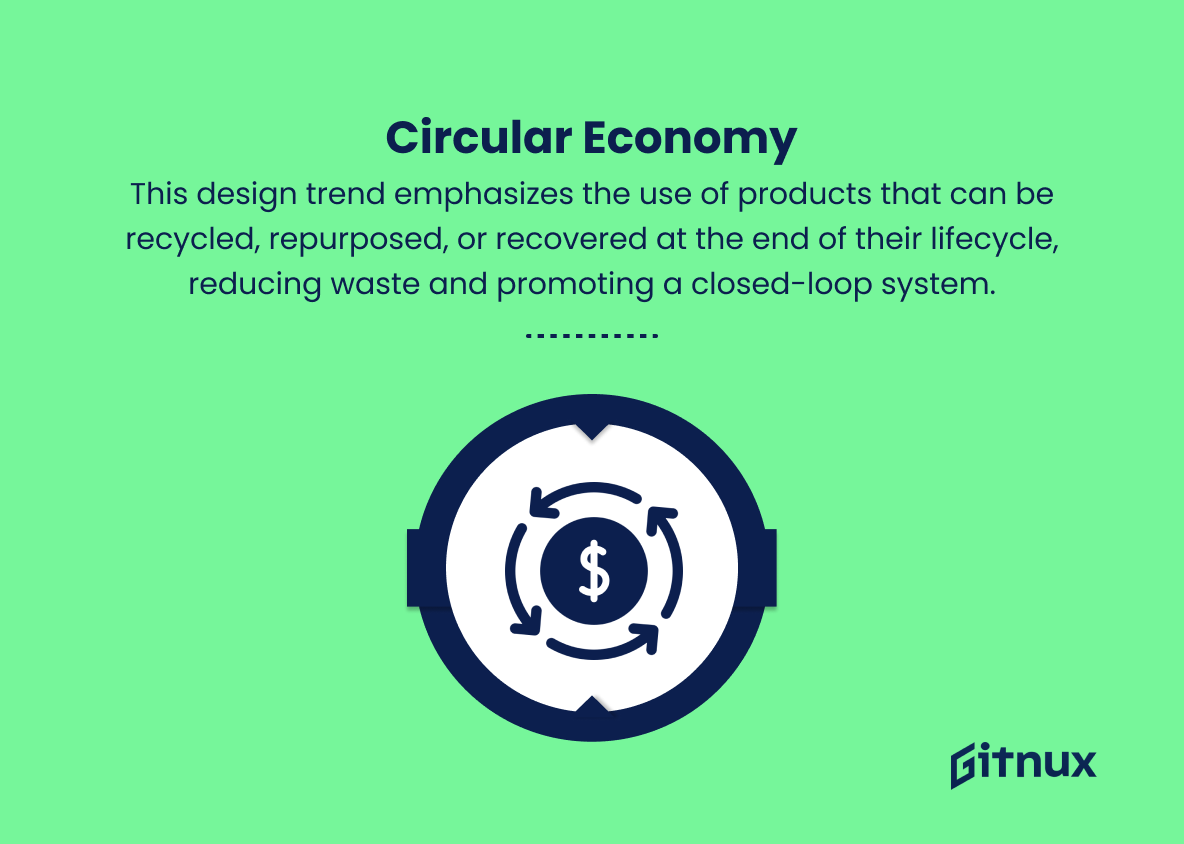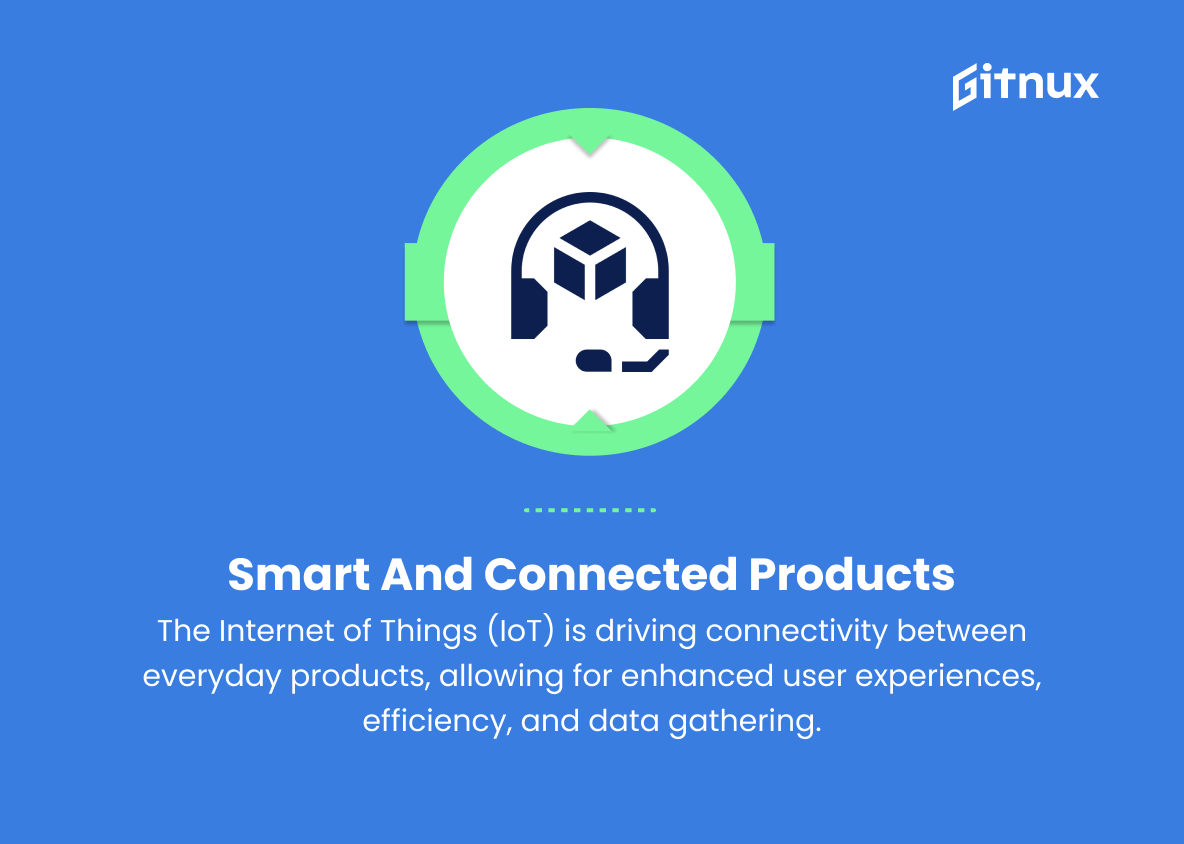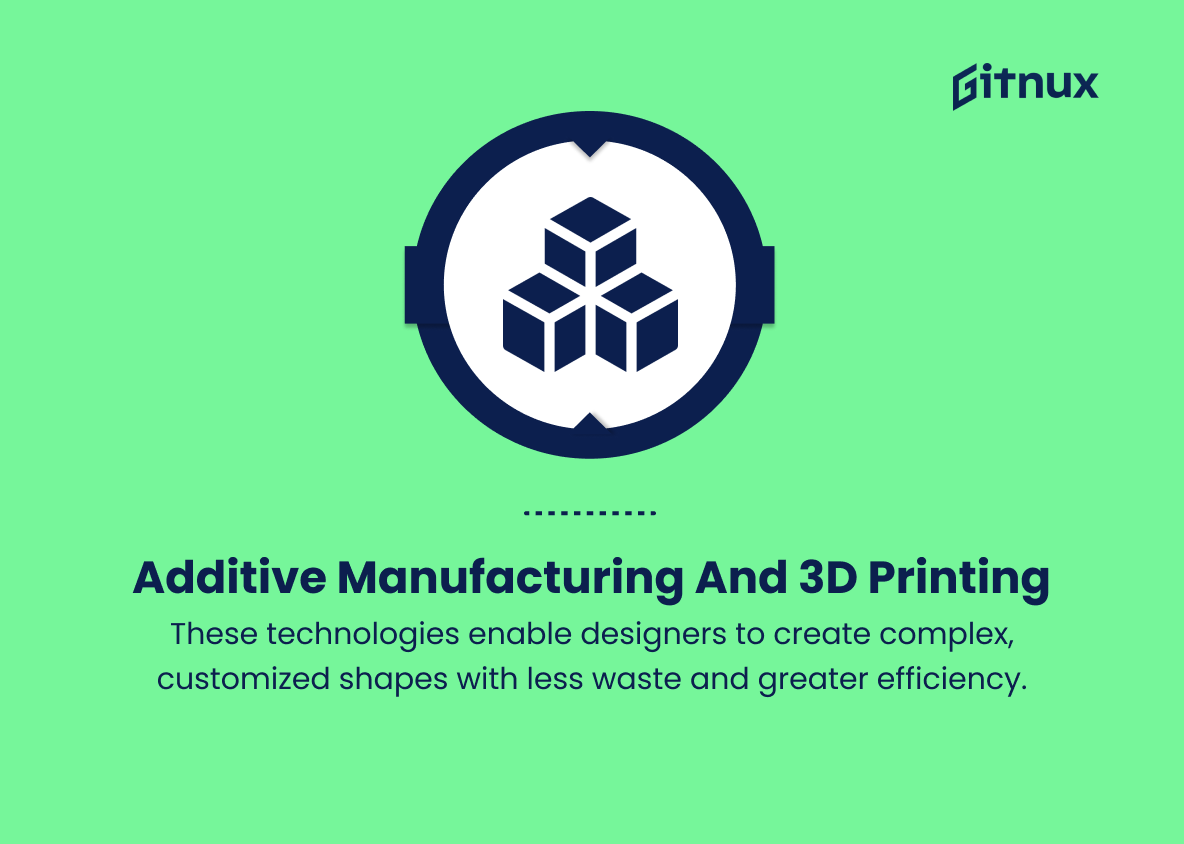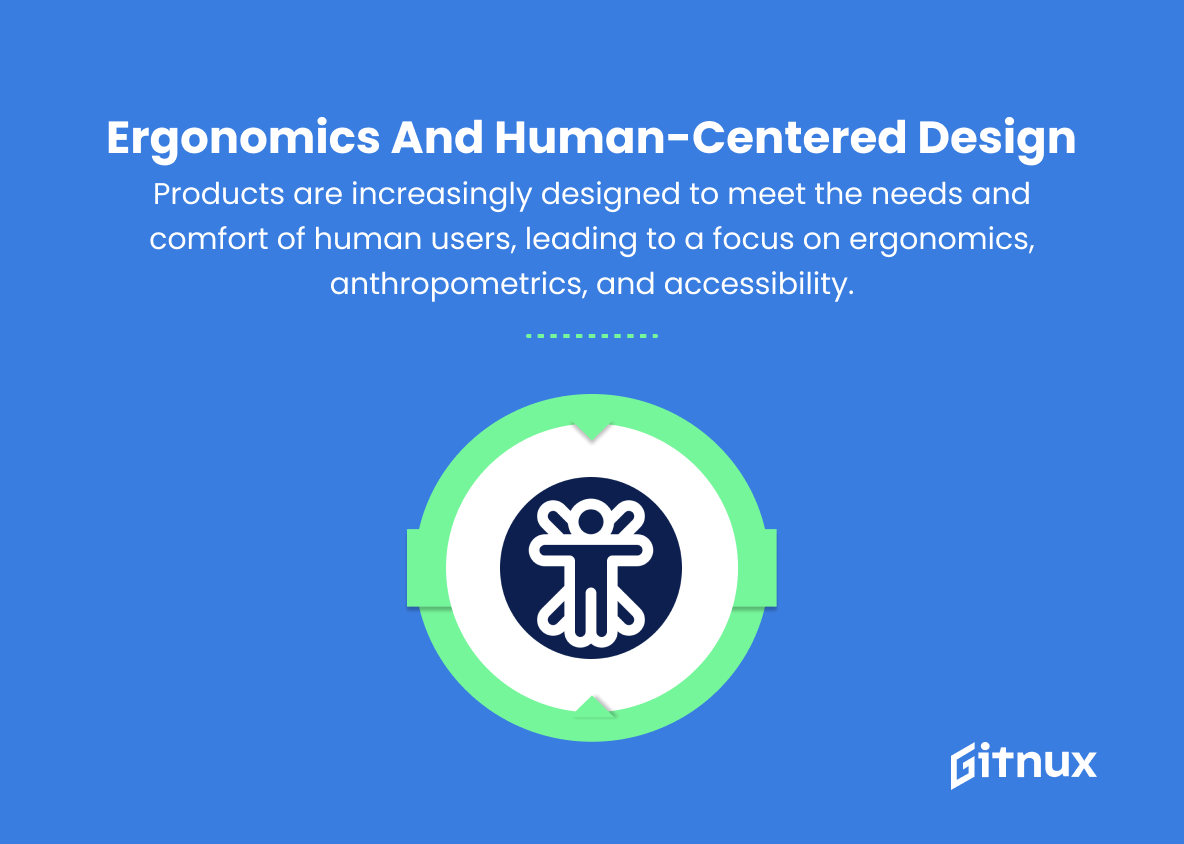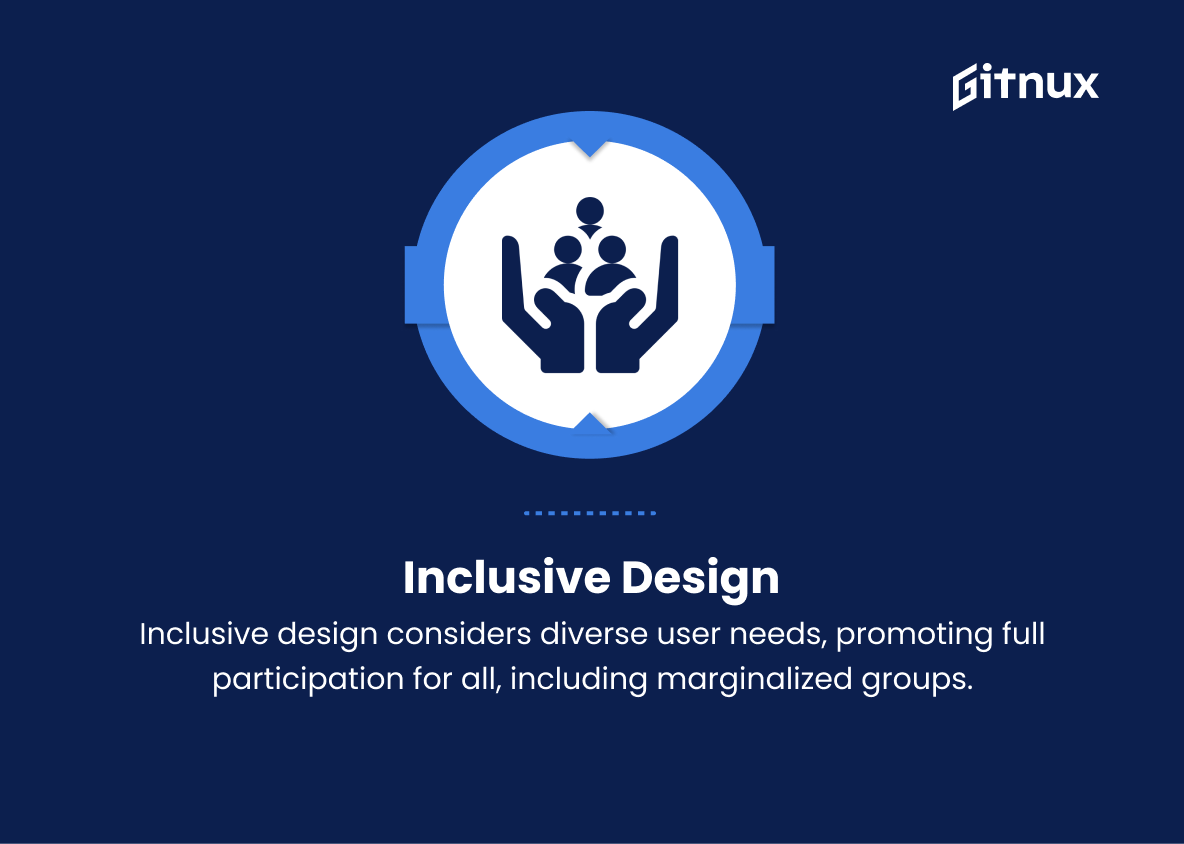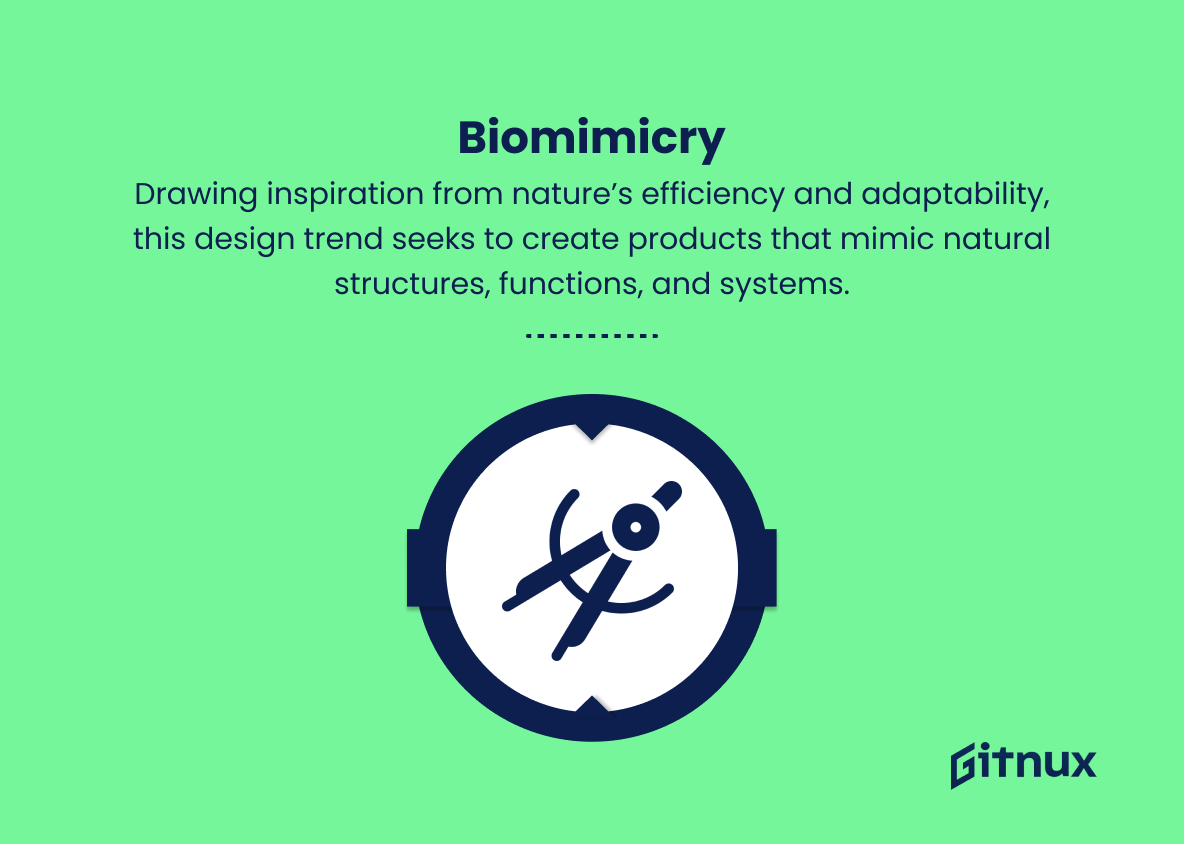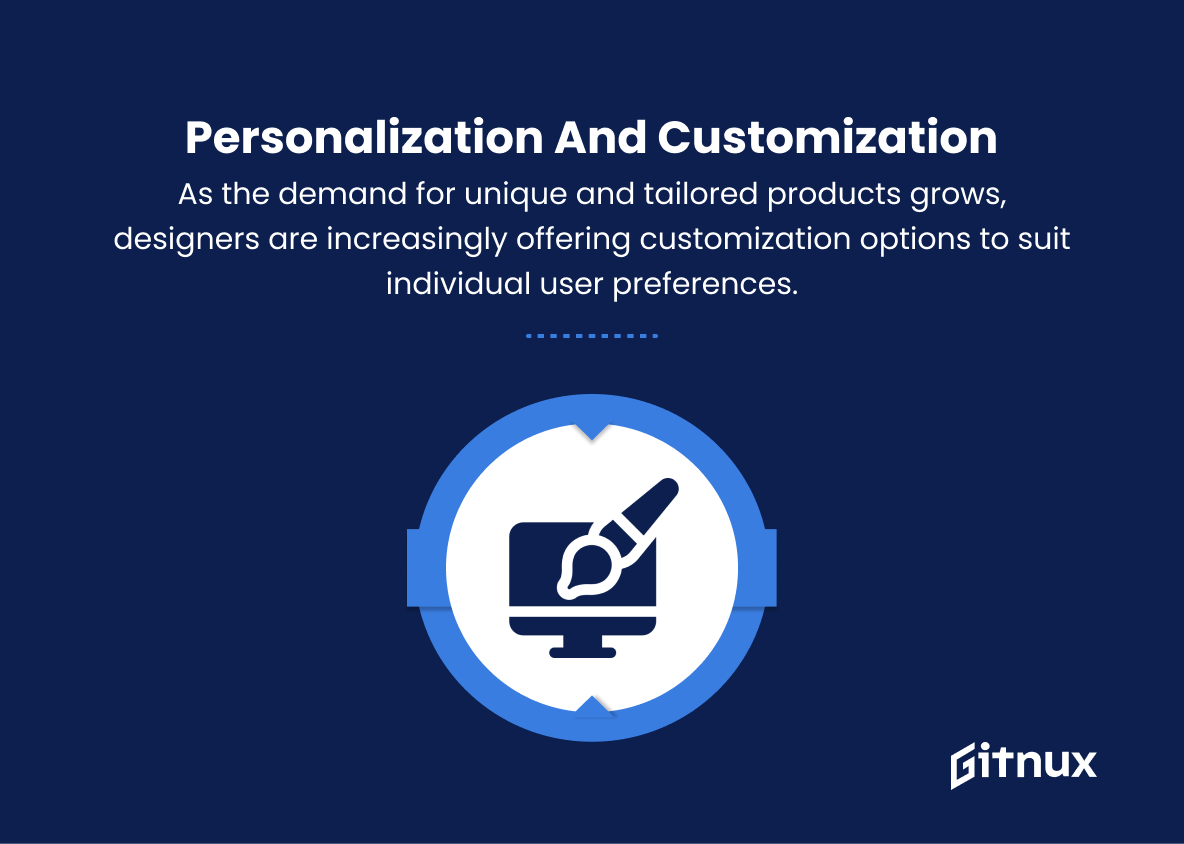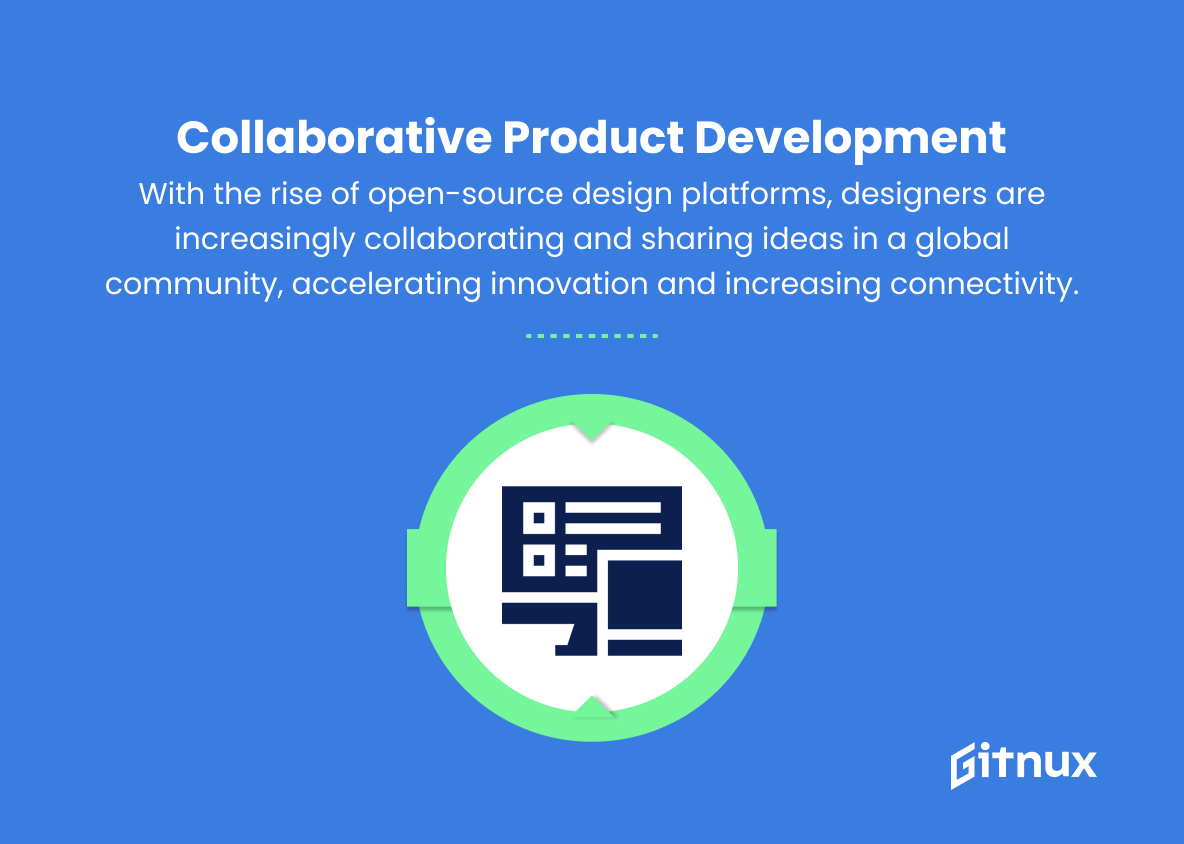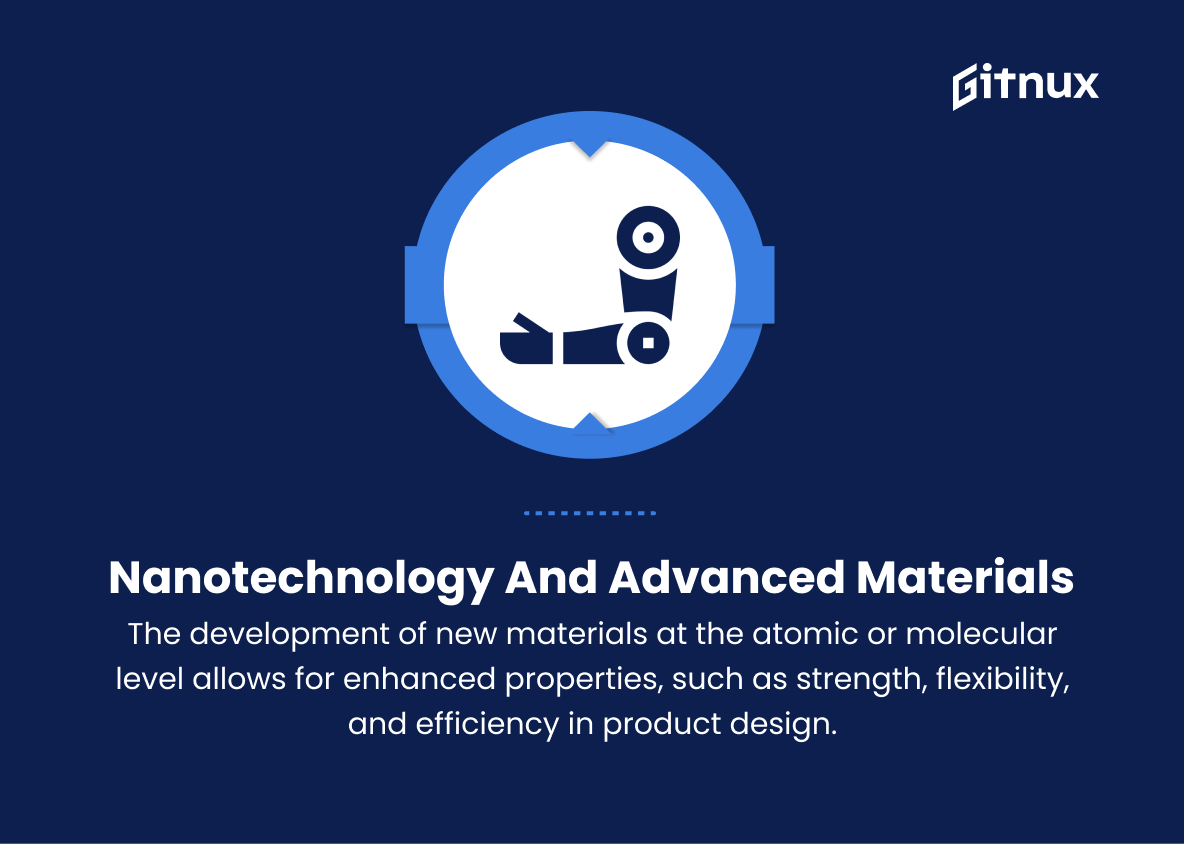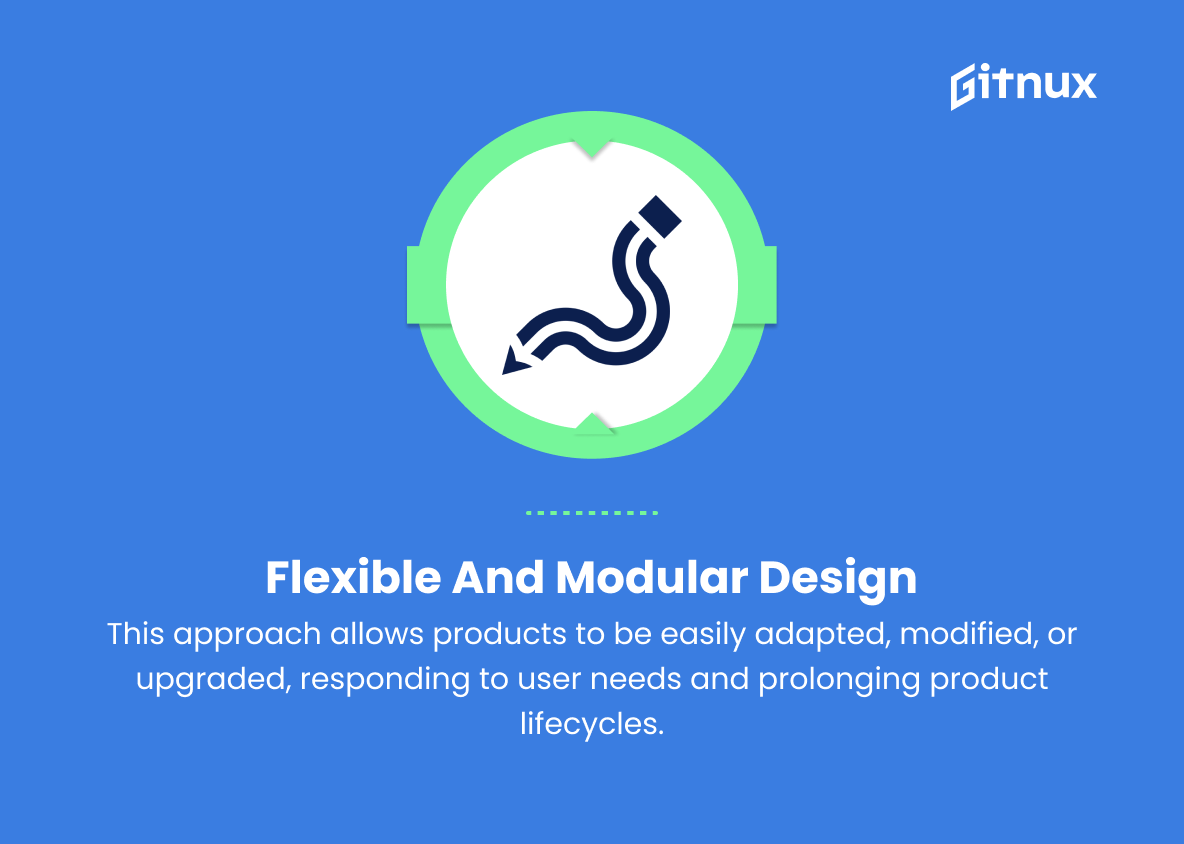As we venture further into the 21st century, the field of industrial design continues to evolve at an astonishing pace. Innovations in material sciences, cutting-edge technologies, and a growing emphasis on sustainability are driving new and transformative design trends across various industries. This blog post aims to delve into the latest and most impactful industrial design trends, providing you with essential insights and an understanding of the current landscape in this dynamic and ever-changing field.
Join us as we uncover the emerging developments, trends, and themes shaping the future of industrial design, touching upon key factors such as functionality, aesthetics, eco-friendliness, and advancements in production techniques.
Top Industrial Design Trends
1. Sustainable and Eco-friendly Design
Companies are focusing on creating products that have a minimal environmental impact, achieved through the use of sustainable materials, energy-efficient production methods, and reusable or biodegradable components.
2. Circular Economy
This design trend emphasizes the use of products that can be recycled, repurposed, or recovered at the end of their lifecycle, reducing waste and promoting a closed-loop system.
3. Smart and Connected Products
The Internet of Things (IoT) is driving connectivity between everyday products, allowing for enhanced user experiences, efficiency, and data gathering.
4. Minimalistic Design
This trend focuses on clean lines, simple shapes, and unobtrusive aesthetics to create timeless and functional products.
5. Additive Manufacturing and 3D Printing
These technologies enable designers to create complex, customized shapes with less waste and greater efficiency.
6. Ergonomics and Human-centered Design
Products are increasingly designed to meet the needs and comfort of human users, leading to a focus on ergonomics, anthropometrics, and accessibility.
7. Inclusive Design
Ensuring the rights of people with disabilities and other marginalized groups to participate fully in society, inclusive design considers the diverse needs of users to create products that can be used by everyone.
8. Biomimicry
Drawing inspiration from nature’s efficiency and adaptability, this design trend seeks to create products that mimic natural structures, functions, and systems.
9. Emotional Design
This approach to product design places importance on the emotional connection between the user and the product, focusing on aesthetics and storytelling elements to create meaningful experiences.
10. Personalization and Customization
As the demand for unique and tailored products grows, designers are increasingly offering customization options to suit individual user preferences.
11. Digital-Physical Integration
This trend explores the fusion of digital and physical elements, such as incorporating digital displays into consumer products or merging virtual and augmented reality with physical objects.
12. Collaborative Product Development
With the rise of open-source design platforms, designers are increasingly collaborating and sharing ideas in a global community, accelerating innovation and increasing connectivity.
13. Nanotechnology and Advanced Materials
The development of new materials at the atomic or molecular level allows for enhanced properties, such as strength, flexibility, and efficiency in product design.
14. Robotics and Automation
The increased implementation of robotics and automation in industrial processes allows for higher precision, reduced human error, and cost-effectiveness in manufacturing.
15. Flexible and Modular Design
This approach allows products to be easily adapted, modified, or upgraded, responding to user needs and prolonging product lifecycles.
Each of these trends showcases the diverse ways in which industrial design is evolving to meet the needs of today’s consumers and positively impact the world around us.
Implications
As we progress into the future, industrial design trends are focusing on sustainability, circular economy, and eco-friendly practices that minimize environmental impact and promote recycling, repurposing, or recovery of products. This increases the importance of smart, connected devices that enhance user experience and data gathering, while still embracing minimalistic and timeless designs.
Cutting-edge technologies like additive manufacturing and 3D printing allow for more efficient production with less waste, which complements the emphasis on ergonomics and human-centered design that ensures comfort and accessibility for all users. Inclusive design, biomimicry, emotional design, and personalization become crucial in creating products that appeal to a diverse audience and foster emotional connections.
With the fusion of digital and physical elements in product design, and the rise of collaborative product development, innovation is accelerated, making use of advanced materials and nanotechnology. Robotics and automation have become key components of modern manufacturing processes, improving precision and cost-effectiveness. Ultimately, these trends inspire a wave of flexible and modular designs that prolong product lifecycles and cater to ever-changing user needs, showcasing the incredible versatility and adaptability of the industrial design industry.
Conclusion
In summary, the landscape of industrial design is evolving at a rapid pace, propelled by advances in technology, shifts in consumer behavior, and a growing global consciousness around sustainability. As designers, businesses, and consumers look to the future, the importance of blending aesthetics with functionality, integrating sustainable options, and adapting to the digital revolution has never been more critical.
By embracing these trends, individuals and industries can contribute to the fostering and embracing of dynamic, innovative, and purpose-driven solutions in the realm of industrial design. As we look ahead, staying informed and acting upon these emerging trends will ensure we continue to create products that resonate with users and have a lasting, positive impact on our world.
